Multi-protocol Label Switching (MPLS) Notes
Multi-protocol Label Switching (MPLS)
Traditional routing
– Destination IP -> Next hop
MPLS
– Labels -> Next hop
– No need to look to routing table
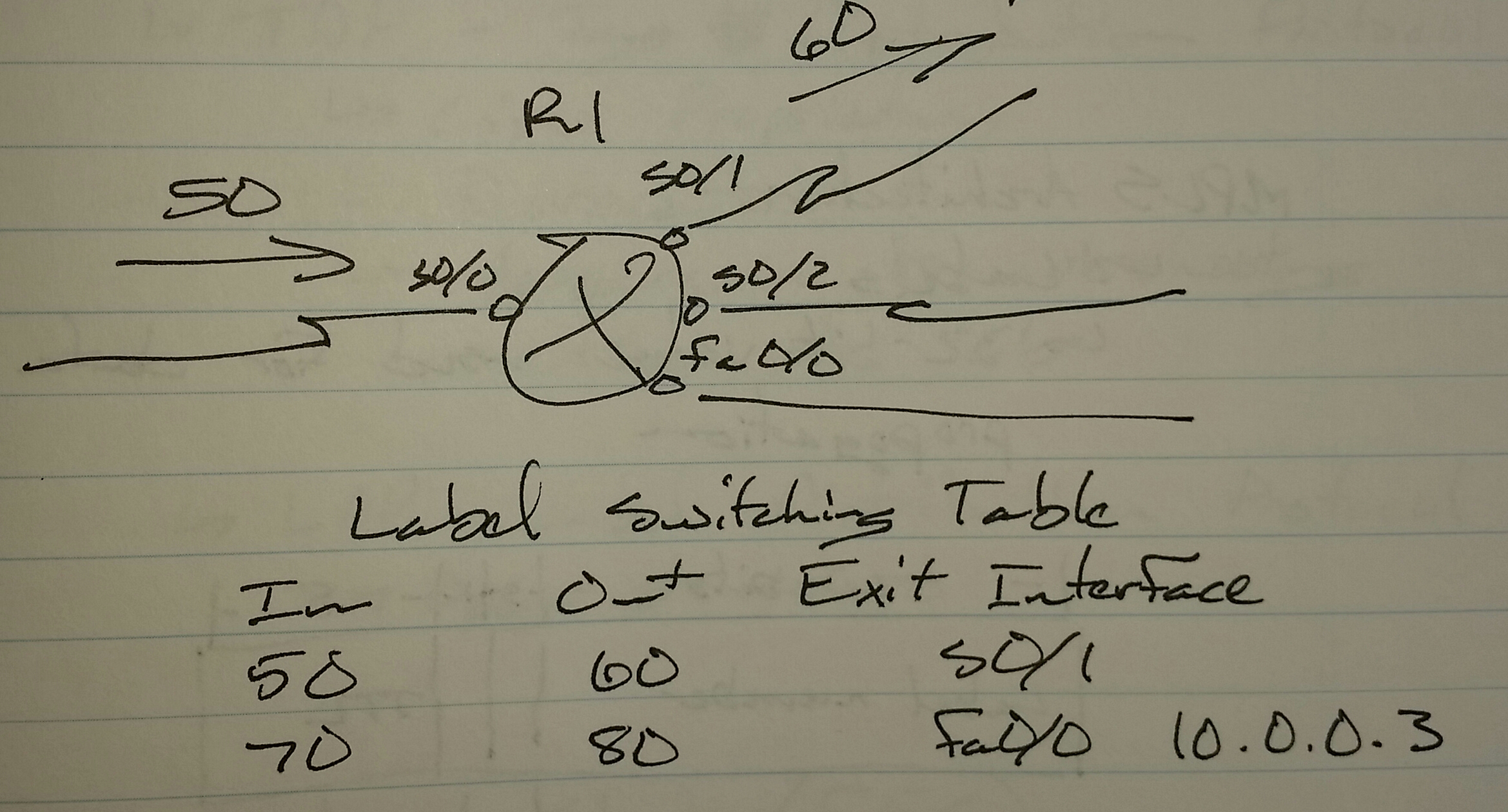
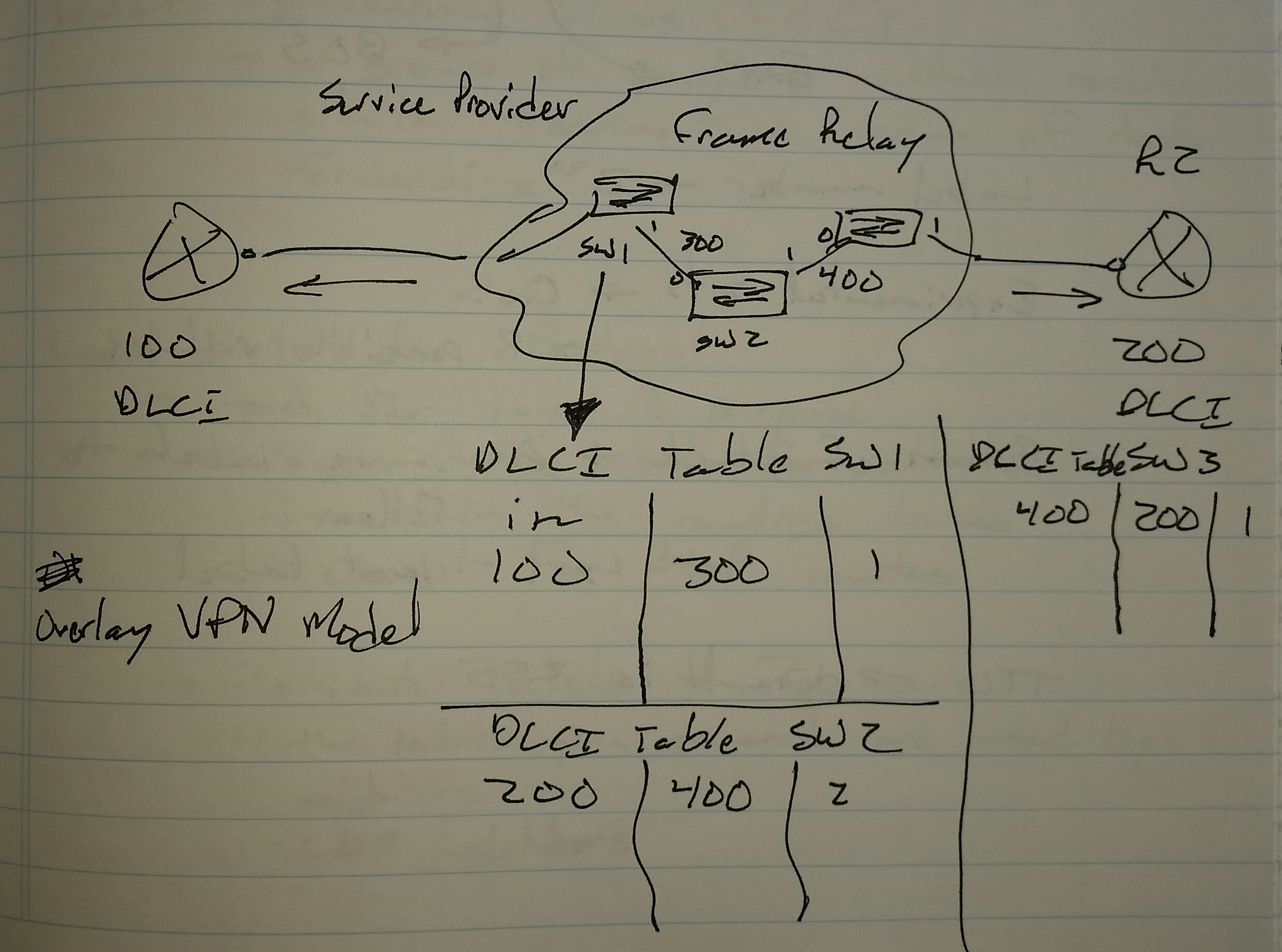
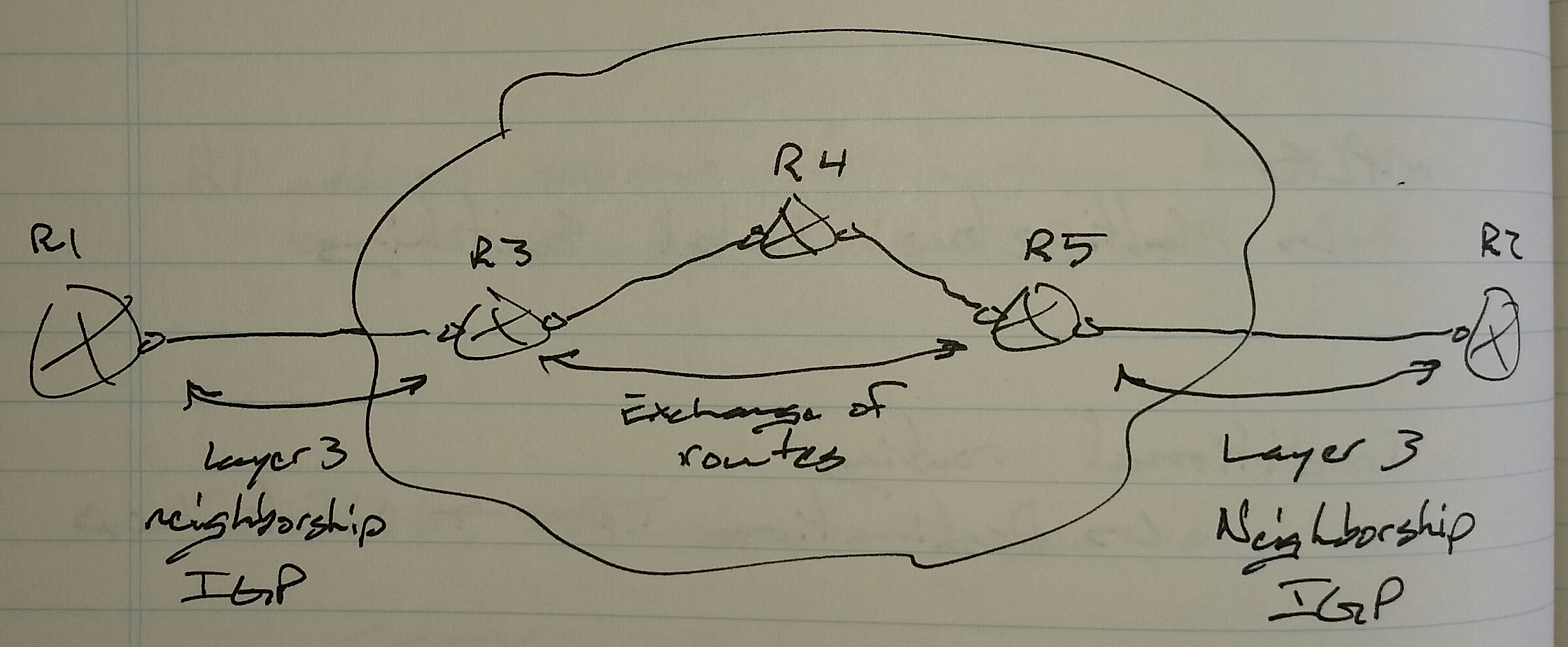
DLCI -> Labels
MPLS Architecture
– Labels
-> 32-bit value used for data propogation
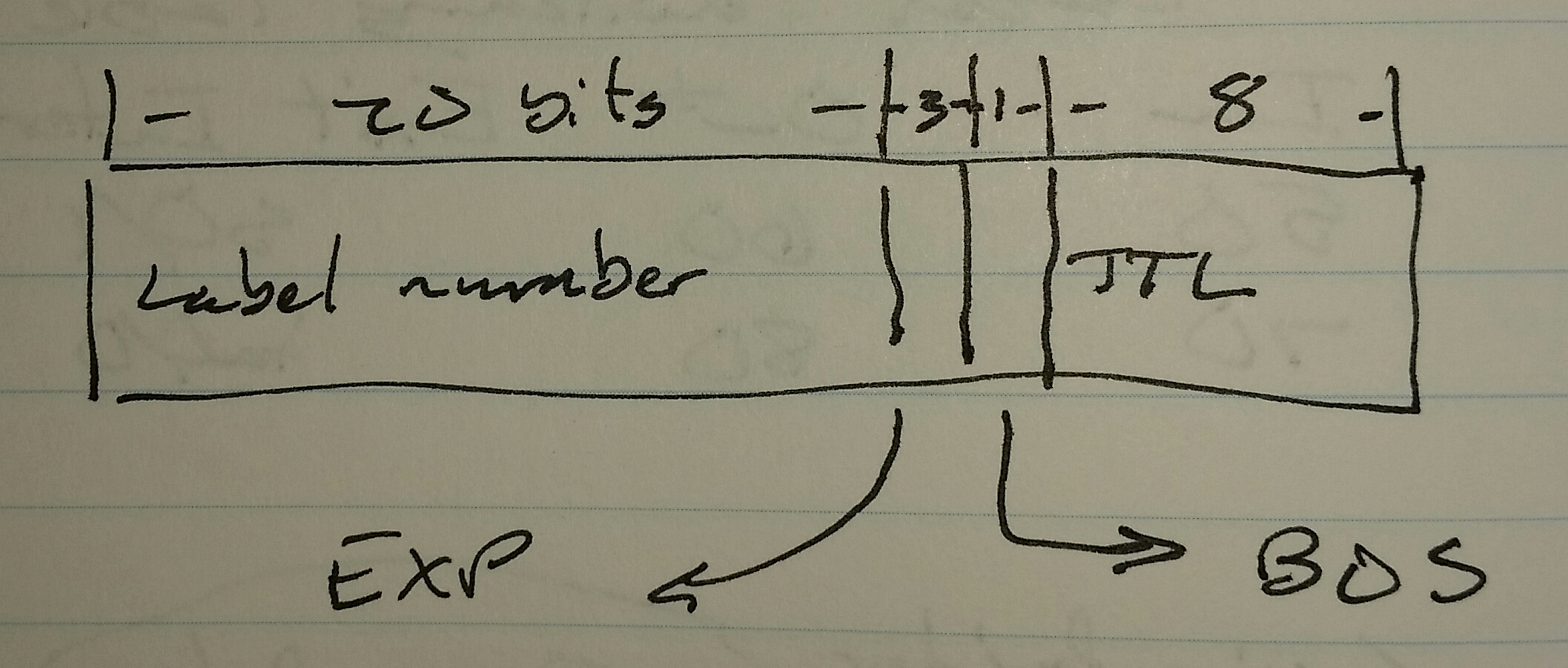
Label number -> 2^20
Experimental bits
-> QoS
-> 8 possible values
Bottom of Stack
-> 0 – More labels to follow
-> 1 – Last label
TTL
-> Default is 255
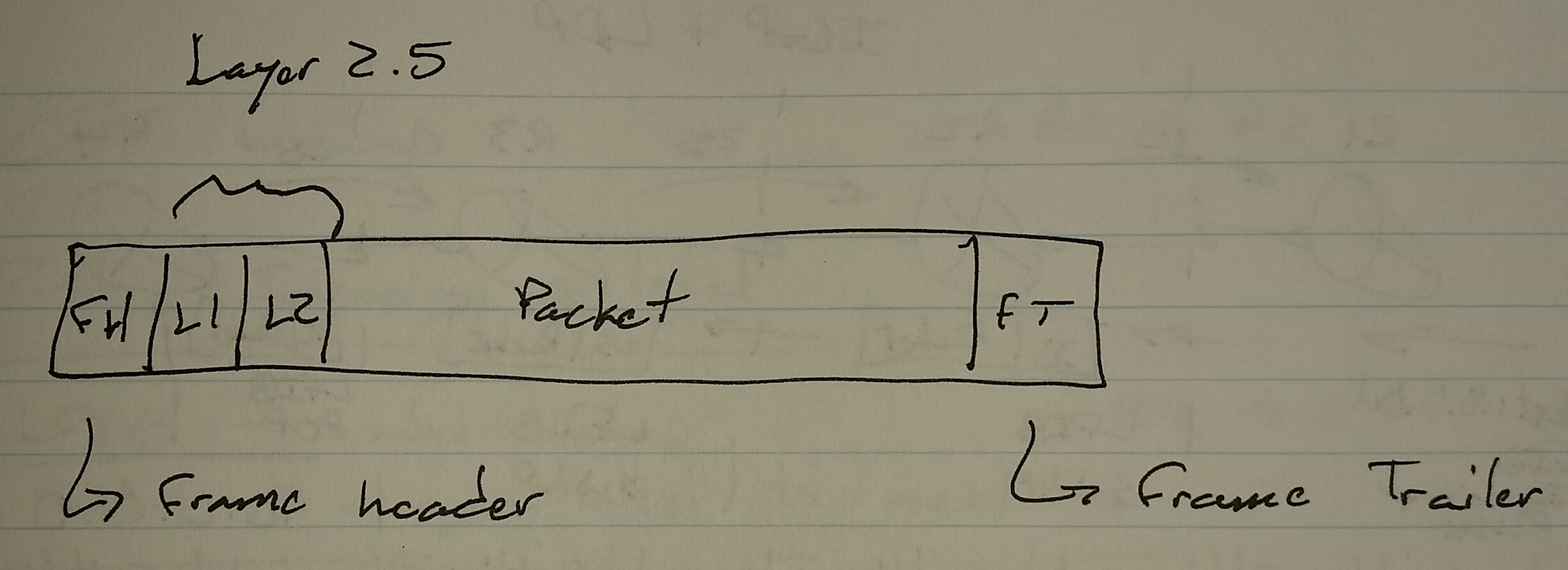
Terminology
– LSR
-> Label Switching Router
– LSP
-> Label Switched Path
-> The path a labeled packet takes to reach destination
Label Switching Protocols
– TDP
-> Tag Distribution Protocol
-> Cisco Proprietary
-> Deprecated
-> Appears in the Troubleshooting section of the R&S lab
– LDP
-> Label Distribution Protocol
-> Open standard
Forward Equivalency Class (FEC)
– A group of packets which receive similar treatment in terms of data forwarding
Label Distribution Protocol
– Used for layer 2 purposes
-> To generate labels for all routes found in the routing table
-> Except for BGP routes
-> Distribute labels to neighbors
-> The labels a route generates are used by LDP neighbors
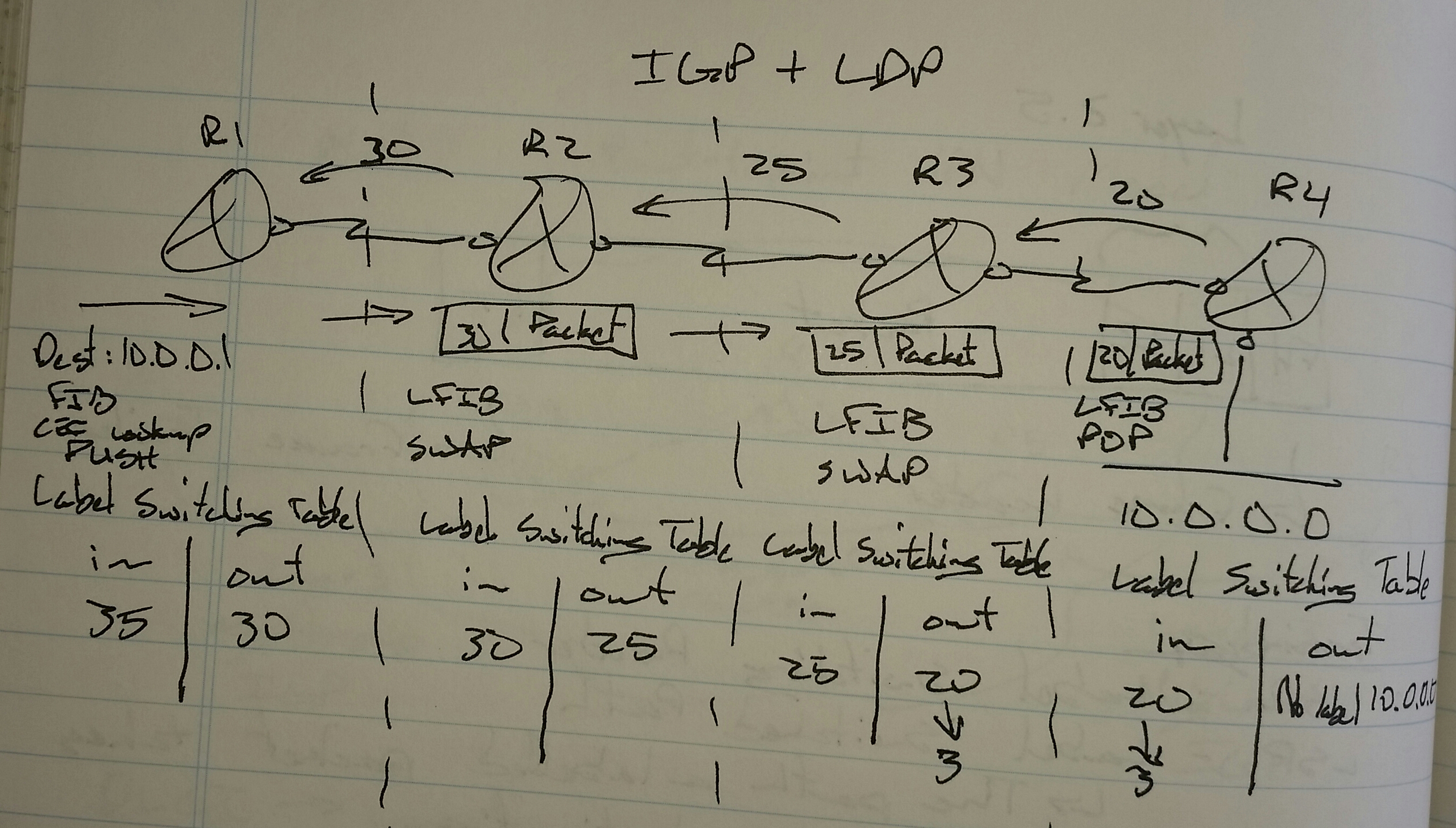
Label Forwarding Information Base (LFIB)
– Used by CEF
Frame header has a protocol type file
– Code for MPLS packet
– Code for IP packet
Packet with label
– Check LFIB
Packet without label
– Check FIB
A label for every route is listed in the FIB
sh ip cef
– Will show the labels if LDP is enable
R1 -> R2
– CEF lookup
– Push -> Imposing a label
R2 -> R3
– LFIB -> Label lookup
– Swap -> Change label to next hop
R3 -> R4
– LFIB -> Label lookup
– Swap -> Change label to next hop
R4 -> Destination
– LFIB -> Label lookup
– Pop -> Remove the label
– CEF lookup
The last hop router has to do two lookup
– To change to one lookup
-> R3 uses label “3” instead of 20
-> When R4 sees label “3”, it doesn’t do an LFIB looup
-> It Pops the label and goes straight to a CEF lookup
-> show command doesn’t show “3”, but “POP”
Instructor comment, “MPLS requires the most structured teaching.”
LDP uses UDP port 646 to find neighbors
– Discovery phase
-> 224.0.0.2 (all routers) UDP port 646
-> After finding a potential neighbor, a TCP session is established on TCP port 646
-> Hellos are sent every 5 seconds
-> Hold down timer is 15 seconds
– TCP Session
-> Once a TCP session is established
-> Keepalives are sent every 60 seconds
-> Hold down timer is 180 seconds
– After neighbor formation
-> Labels are exchanged
-> Kept in Label Information Base (LIB)
-> LIB contains all labels, but might not have the best path (route)
-> The best labels from the LIB are sent to the LFIB
-> The routing table is referenced to determine the exit interface


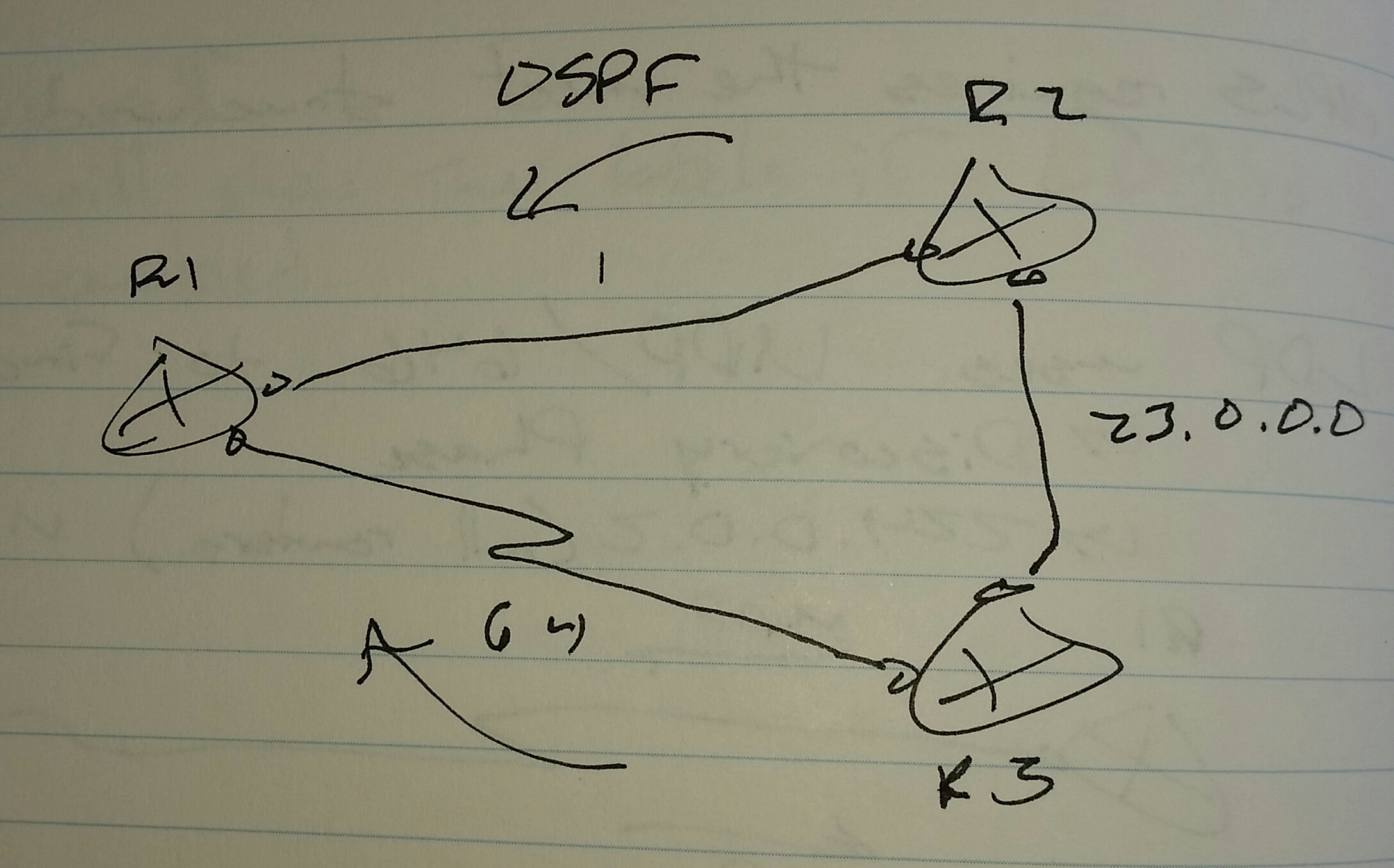
LIB
– Locally generated label for 23.0.0.0
-> 20
-> 12.0.0.3 – 3
-> 23.0.0.3 – 3
LFIB
in | out next-hop
20 | 3 fa0/0 -> 12.0.0.2

Configuration
1. Activate CEF (activated by default)
2. Activate MPLS
3. Activate LDP
4. Configure LDP on the interfaces where neighbors can be found
R1(config)# ip cef
mpls ip
-> Enabled if an interface is configured
mpls label protocol { ldp | tdp }
int s0/0
mpls ip
“Always check CEF”
-> During troubleshooting section of the R&S lab
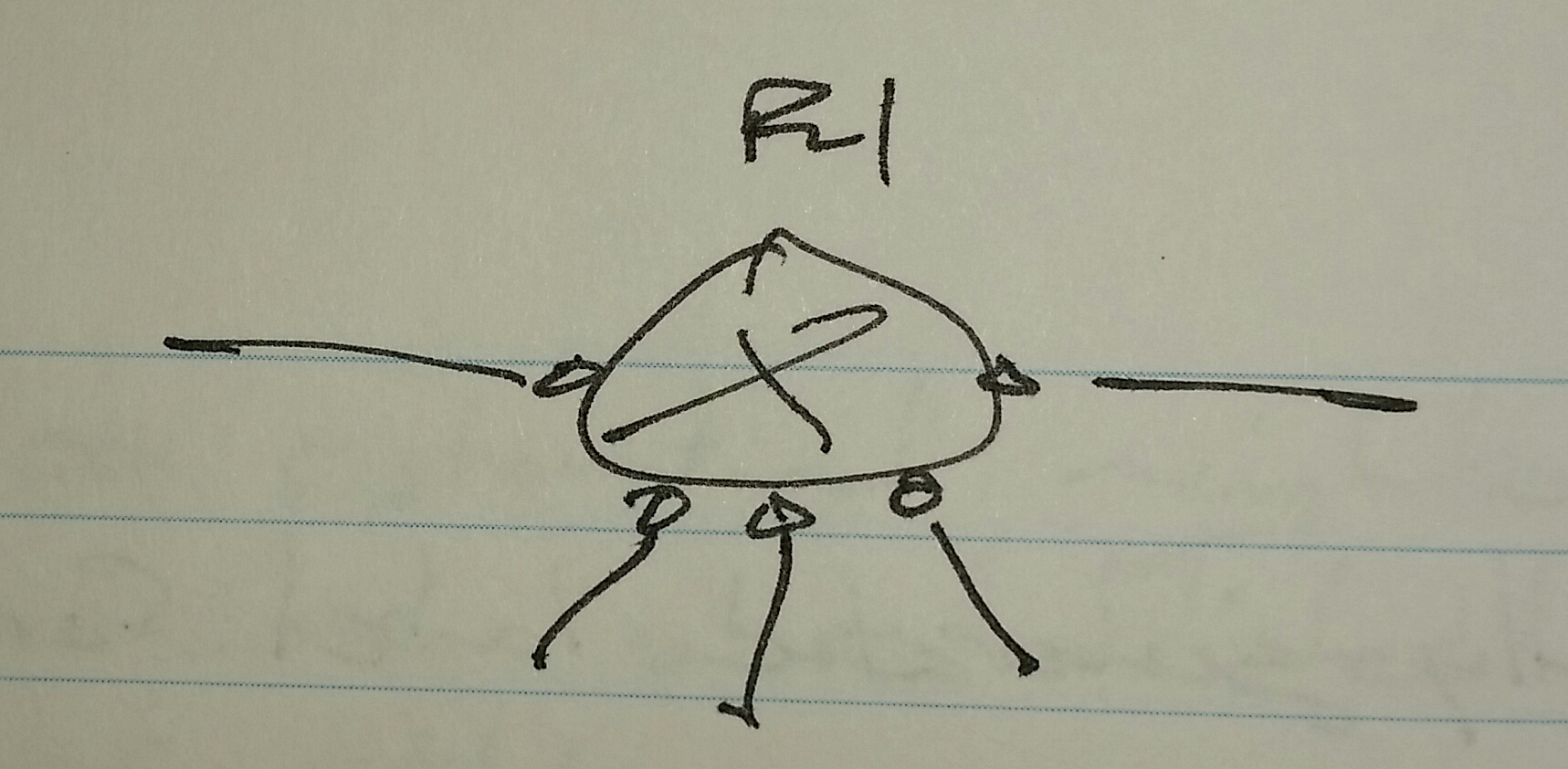
OSPF Autoconfig
– Configures MPLS on all interfaces configured for OSPF
router ospf 1
mpls ldp autoconfig
After MPLS and LDP is configured, LDP selects a router-id
– Manual
– Highest loopback IP address
– Highest physical interface IP address
LDP starts sending “discovery hellos” to 224.0.0.2, UDP port 646
– Contains
-> Router-id (LDP)
-> Transport address
-> Used for TCP session
-> By default, the router-id is used
Scenario -> The loopbacks of R1 and R2 can not be advertised in IGP
Solution 1 -> Change the LDP router-id to something reachable
R1(config)# mpls ldp router-id { <interface> | <ip address> } [force]
-> Force is optional, but always use it
-> Without force, the LDP router-id will only change after the next reboot
-> Interface uses the IP address of the interface
Solution 2 -> Change the transport IP address
– Interface specific command
R1(config)# int s0/0
mpls ldp discovery transport-address { <interface> | <ip address> }
Discovery Timer
R1(config)# mpls ldp discovery hello { interval | hello } <seconds>
TCP Keepalive Timer
R1(config)# mpls ldp holddown <seconds>

Label Numbers
– 2^20
– But in Cisco, only 0 – 100000 are used
Reserved Labels
– 0 – 15
-> 0 – explicit NULL
-> Used when you keep the experimental bit (Used for QoS)
-> Last router will have to do two lookups
-> LFIB
-> CEF
-> 3 – implicit NULL
To use explicit NULL (0)
R1(config)# mpls ldp explicit-null
To change the label range
R1(config)# mpls label range <lower> <upper>
sh mpls label range
mpls ldp advertise-label
– LDP, by default, generates the labels for every route in the routing table and advertises them to neighbors
– This behavior can be changed to control which labels (routes) are advertised and to which neighbors they can be advertised
no mpls ldp advertise-labels
mlps ldp advertise-labels for <acl> [to <peer acl>]
-> for <acl>
-> For which routes labels are to be advertised
-> to <peer acl>
-> To which neighbors labels will be advertised
Scenario -> On R1 and R2, advertise labels only for loopbacks.
R1(config)# access-list 1 permit 1.1.1.1
access-list 1 permit 2.2.2.2
no mpls ldp advertise-labels
mpls ldp advertise-labels for 1
The ACL must list all “routes” to be advertised
Instructor comment, “LDP is a huge topic. I highly recommend reading a book on LDP.”
Verification:
IOS:
sh mpls int
sh mpls ldp nei
sh mpls forwarding-table
sh mpls int vrf ABC
sh mpls ldp nei vrf ABC
sh mpls forwarding-table vrf ABC
XR:
sh mpls int
sh mpls ldp nei
sh mpls forwarding
sh mpls forwarding vrf ABC

